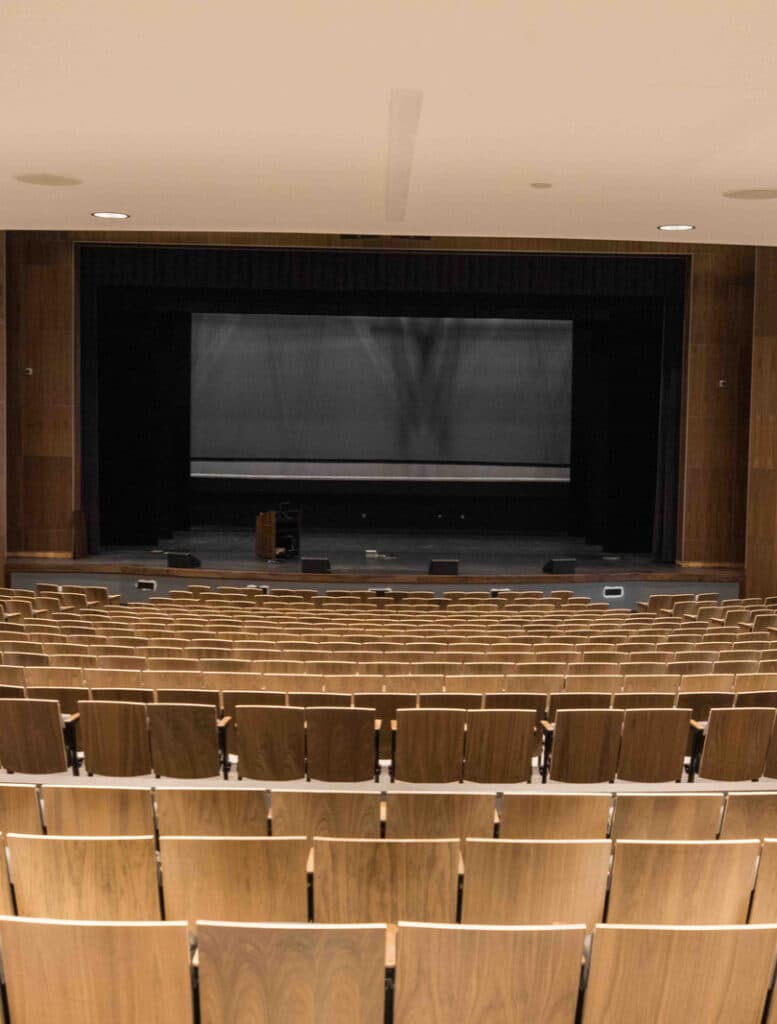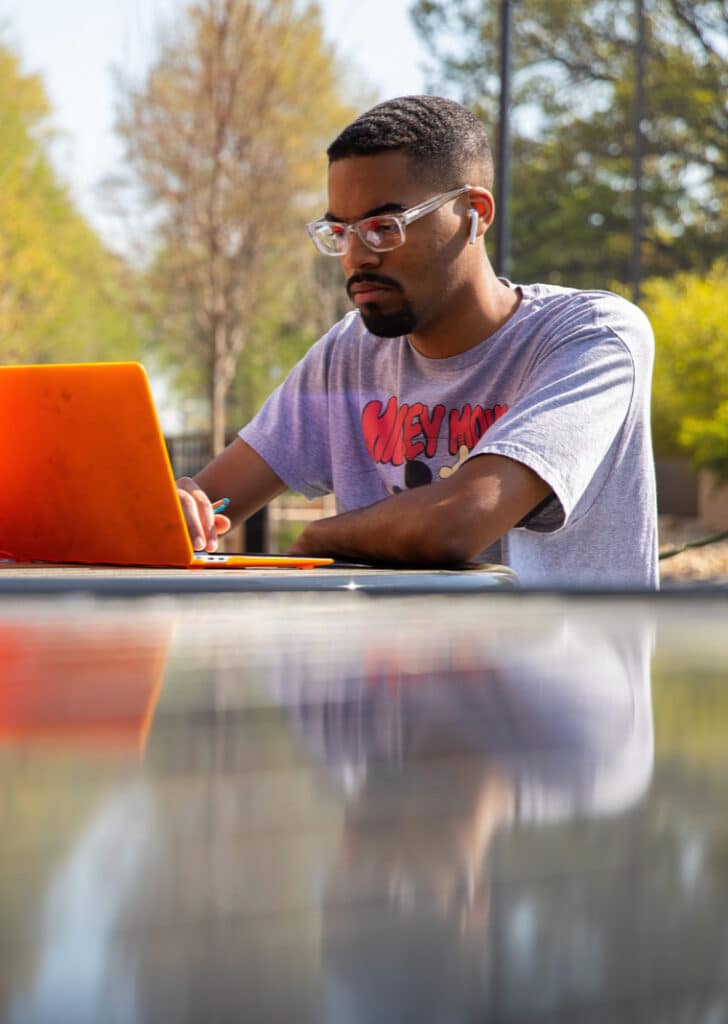A glimpse at the University of Tennessee, Knoxville’s first distance education program
The University of Tennessee’s Volunteers are synonymous with lighting the way for others, and the distance education program in the School of Information Sciences (SIS) is no exception. It was the first school at the University of Tennessee, Knoxville, to offer a distance education option for the Master of Science in Information Sciences (MSIS) degree in the 1980s, long before learning management systems and video conferencing platforms like Canvas and Zoom were around. Meaning the earlier iterations of distance education looked quite different than it does today. UT professors were actually traveling to Memphis to teach distance education SIS classes to students located there.
This changed in the mid-90s when SIS classes started being broadcasted to eight remote locations in Tennessee and neighboring Virginia. This setup required the use of closed-circuit television (CCTV) to transmit the signal to each of the remote locations. Students studying in Tennessee’s Chattanooga, Nashville, Memphis, Kingsport, and Virginia’s Charlottesville, Roanoke, Falls Church, and Hampton Roads could all watch lectures and interact remotely with their professors in Knoxville. The teaching faculty members also had a television setup where they could see and interact with the students. For example, when a student had a question, they’d press a button and speak through the two-way communication system. Each remote site and the lecture studio, which is now Larry Patrick Auditorium at the College of Communication and Information, had a technician for technical support and camera operation during the synchronous class.
If this doesn’t sound cheap, it’s because it wasn’t, and SIS had to maintain a certain number of distance education students to warrant the cost. However, the school successfully maintained a steady increase in enrollment and continued the distance education program until the next wave of technological advancements arrived.
Changes in technology
Soon, personal computers and the World Wide Web (WWW) became available in many people’s homes, opening new opportunities for distance education. However, these opportunities didn’t come without obstacles, as standard dial-up internet made teaching over video impossible. Instead, professors had to share their presentation slides and lecture using audio-only, and students were only able to interact through instant messaging.
Despite the obstacles, SIS continued to produce highly skilled graduates, increase enrollment, and eventually grew the distance education program into the online learning experience it is today. Now, teachers and students are once again able to interact in real time through video conferencing and utilize the learning platform Canvas for discussions, assignments, and more. Today, there are many professors utilizing the ever-growing landscape of teaching technologies and tools.
Students in the online MSIS program still have the opportunity to take courses with some of the faculty members who spearheaded UT’s first distance education program. One of them is Professor Peiling Wang, PhD. She was at the forefront of the distance education evolution from the days of closed-circuit televised teaching through the audio lectures of the 2000s and onto the modern day, where she is a true leader in online learning.

Leaders in Online Learning
Over the years, Wang has designed her online courses with an emphasis on engagement and student interaction. She explained, “Technology doesn’t determine how we teach, it just facilitates it.” It requires a lot of time and skill to craft successful online learning experiences.
One of the strengths of the online learning programs at the University of Tennessee, Knoxville is that many faculty members are leaders in the field of online learning in addition to their areas of expertise. Distance education students also receive the same supportive services as their on-campus peers. These programs allow nontraditional students access to world-renowned degrees taught by expert faculty whenever and wherever the students choose to learn.
It takes a Vol
UT’s online degrees offer students the flexibility to raise families, manage their responsibilities, and continue their careers while maintaining the necessary rigor to meet UT’s high academic standards. “Another advantage is, many of our students are professionals, and in a working environment, so they might travel for work, and they can still attend class while they travel,” Wang pointed out.
The courage and perseverance of the School of Information Sciences laid the foundation for UT’s other online programs to grow. Now, the University offers over seventy online certificates and degrees. This number continues to grow to meet the demands of students and the needs of employers looking to hire graduates with the skills and determination of a Vol.


Learn More
Would you like more information on the Master of Science in Information Sciences (MSIS) program? Take the first step by completing the Request Information form on the program page.
